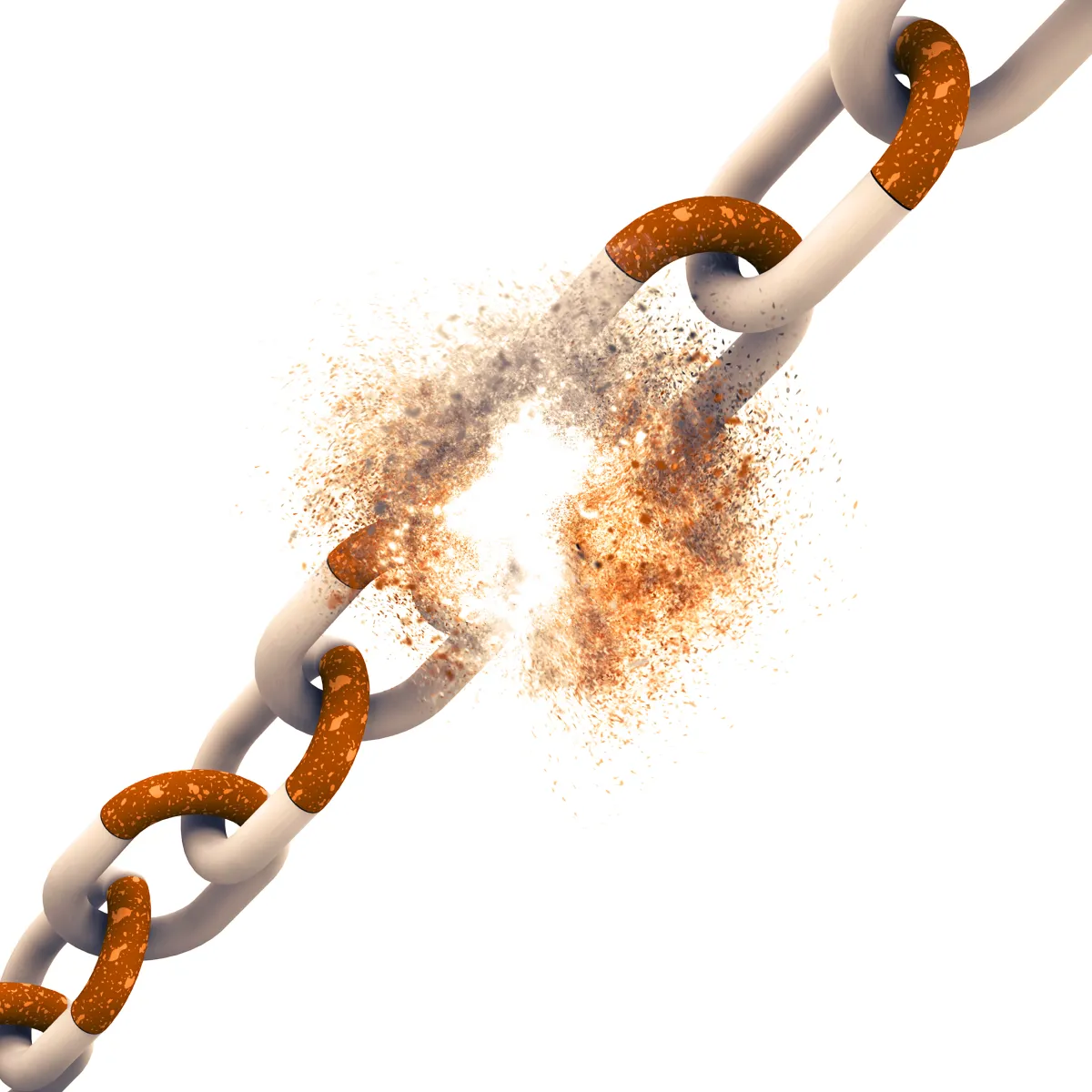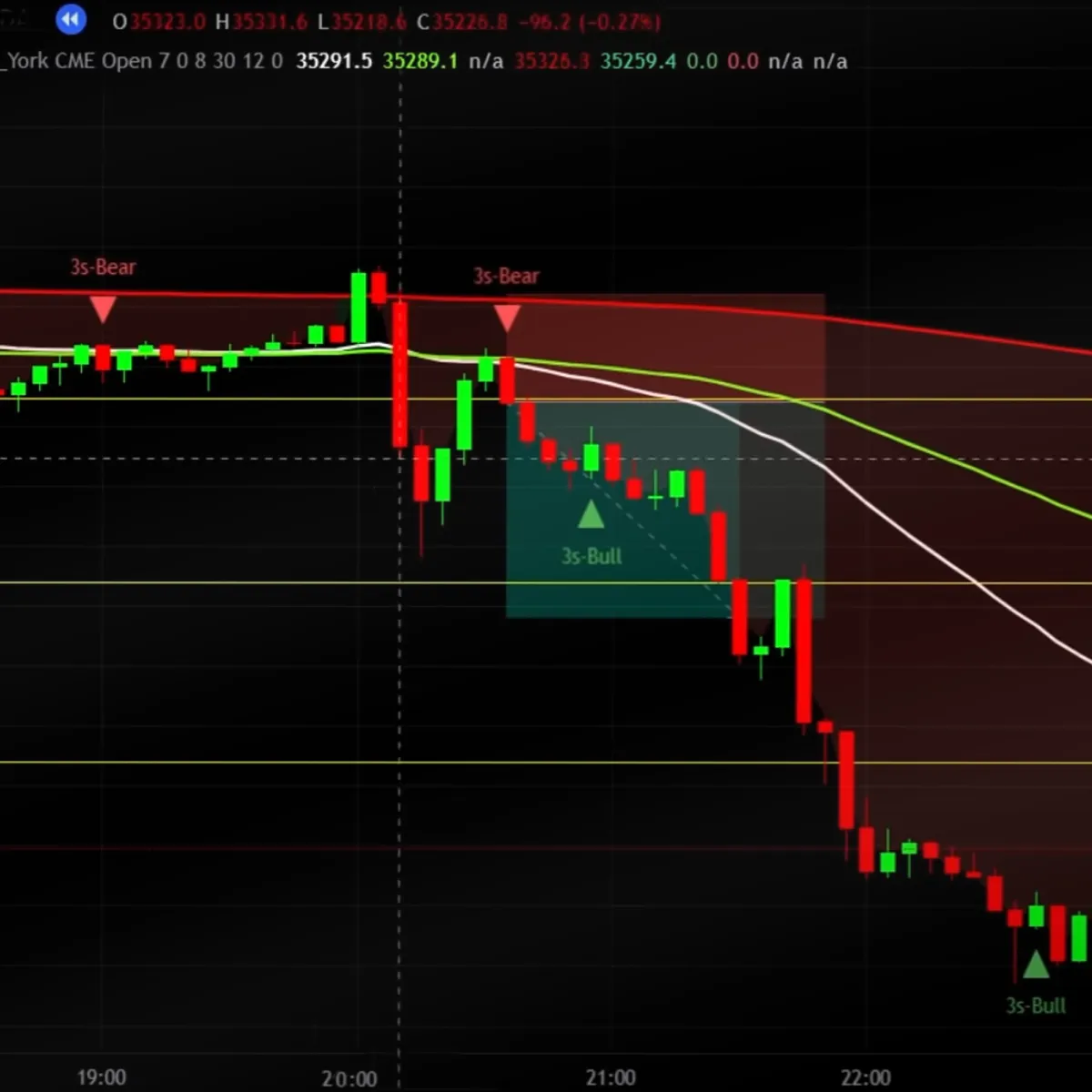

December Trading
Deals Are Live!
Save on Global+, data access,
and add-ons.
See All December Deals

Black Friday
Nov 28-Dec 31
19 days : 4 hours
50% OFF Global+ Quarterly
+ 50% OFF Data (3 months)

Cyber Monday
Dec 1 - Dec 31
19 days : 4 hours
60% OFF Global+ Monthly
+ Data (1 month)

Add-on Deals
Dec 1 - Dec 31
19 days : 4 hours
50% OFF
Add-ons

New Year Sale
Dec 26 - Jan 1
13 days : 4 hours
30% OFF Global+ Lifetime
*Data not included
Stocks
March 5, 2025
SHARE
When is the Best Time to Buy a Stock? A Trader’s Guide to Timing Entries
Timing is everything in trading. Buying a stock at the wrong time can lead to immediate losses, while a well-timed entry can maximize gains and reduce risk. But how do traders determine the best time to buy a stock?
In this guide, we’ll break down key factors to consider before entering a trade, highlight common mistakes to avoid, and show how order flow and liquidity data from Bookmap can help you make smarter entry decisions.
📌 What You’ll Learn:
- The importance of market structure and volume in entry timing.
- Why breakouts can be risky and how to spot safer entry points.
- How to use Bookmap’s liquidity data to refine your trade timing.
1. The Best Entries Start with Market Context

Before jumping into a trade, it’s essential to assess the market environment. Here are key questions to ask before buying a stock:
✅ Is the stock in an uptrend, downtrend, or range-bound market?
✅ What is the overall sentiment? (News catalysts, earnings reports, etc.)
✅ Are institutions accumulating or distributing?
📊 Example:
In the case study from the original video, CT&T stock was up 400% premarket with heavy volume and small float rotation. This created an opportunity for early buyers, but also a high risk of profit-taking and sudden reversals.
2. The Risk of Buying Breakouts

📌 Breakout Trading Isn’t Always the Best Strategy
Many traders assume that buying at new highs is a winning strategy, but this isn’t always the case—especially in small-cap stocks with high volatility.
🚨 Common Breakout Traps:
- Buying too late after a stock has already moved up significantly.
- Entering without confirming sustained buying pressure.
- Ignoring hidden sellers at key liquidity levels.
📊 Example:
In the CT&T trade breakdown, buyers stepped in aggressively at the $7.40 dip level, but resistance formed near $8.40. This highlights the importance of recognizing liquidity zones before buying a breakout blindly.
🔍 Key Takeaway: Instead of chasing breakouts, look for low-risk entries at strong support levels.
3. Identifying High-Probability Entry Zones

📌 “Buying the Dip” vs. “Buying the Breakout”
Experienced traders don’t buy at random—they wait for confirmation at key levels.
🔹 How to Find Ideal Entry Points:
- Look for strong demand zones where price previously bounced.
- Use Bookmap’s liquidity heatmap to identify where buyers are stacking orders.
- Watch for order flow confirmations (large green bubbles indicating strong buying activity).
📊 Example:
In the video, the V-pattern reversal at $7.40 was a strong entry signal because:
✔ Buyers absorbed selling pressure.
✔ Large liquidity was sitting at that level.
✔ Green order flow bubbles confirmed strong buying activity.
👉 Instead of buying the breakout at $9, traders who entered near $7.40 had a lower-risk setup with a better reward ratio.
4. Using Bookmap to Time Your Trades

📌 How Order Flow and Liquidity Data Improve Entry Timing
One of the biggest advantages Bookmap provides is real-time visibility into market liquidity. Instead of guessing where buyers and sellers might be, traders can see:
📌 🔹 Where large buy orders are sitting (support zones).
📌 🔹 Where large sell orders may cause price rejection (resistance levels).
📌 🔹 Whether buyers or sellers are in control at key levels.
🚀 Practical Steps:
1️⃣ Identify strong bid liquidity zones before entering a trade.
2️⃣ Wait for confirmation from order flow before executing.
3️⃣ Use stop-loss placement based on liquidity structure to manage risk effectively.
📊 Example:
Traders using Bookmap could see sellers absorbing demand at $8.40—a sign that a reversal might be imminent. This information helps traders avoid buying into heavy resistance.
5. The Ideal Trade Execution Strategy

📌 “Scaling In” for Better Entries
Instead of going all-in at once, professional traders use a technique called scaling in to manage risk and improve their entry price.
🔹 Scaling In vs. Buying All at Once
❌ Buying All at Once:
- Higher risk of poor entry timing.
- No flexibility if price moves against you.
✅ Scaling In Approach:
- Start with a small position at key support levels.
- Add size only if confirmation appears.
- Exit quickly if order flow turns against your setup.
📊 Example:
If a trader planned to buy 1000 shares, they could start with 300 at $7.40, add 400 more if price confirms strength, and then finalize the position if buyers step in above $7.50.
Conclusion: Entry Timing with Order Flow & Liquidity
📌 Stop guessing and start making data-driven decisions.
Timing the best entry in a stock requires more than just price action—it demands an understanding of liquidity, order flow, and market structure. Whether you’re trading small caps, large caps, or crypto, these principles remain the same:
✅ Look for demand zones before entering.
✅ Use Bookmap to track liquidity levels.
✅ Avoid chasing breakouts—buy at strong support instead.
✅ Scale into positions for better risk management.
Want to see these principles in action? Join our live trading webinars, where experts break down real-time setups using Bookmap’s advanced tools.
🔗 Check out upcoming webinars here:
📅 Bookmap Live Webinars
